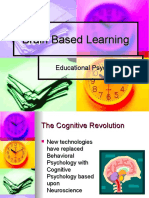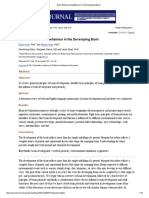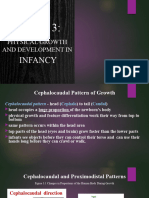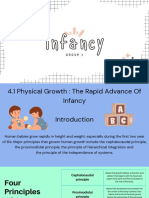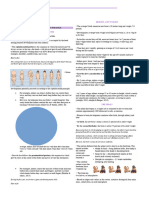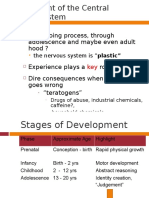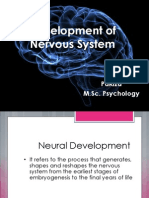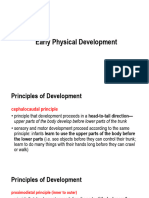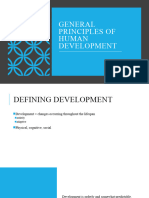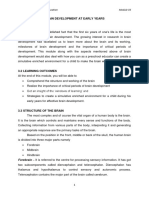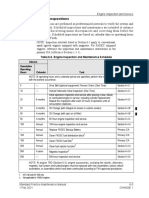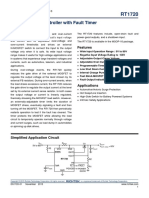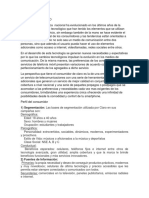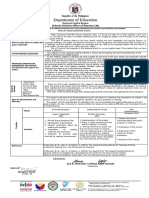0% found this document useful (0 votes)
11 views42 pagesLecture ch04 1 New
Chapter 4 of 'The Development of Children' discusses the rapid physical and brain growth of infants during the first three months of life. It outlines key principles of growth, brain development processes, and the importance of environmental experiences for optimal neural development. The chapter also emphasizes the functioning of sensory systems and methods for assessing infant capabilities.
Uploaded by
a.aktanerciyesCopyright
© © All Rights Reserved
We take content rights seriously. If you suspect this is your content, claim it here.
Available Formats
Download as PDF, TXT or read online on Scribd
0% found this document useful (0 votes)
11 views42 pagesLecture ch04 1 New
Chapter 4 of 'The Development of Children' discusses the rapid physical and brain growth of infants during the first three months of life. It outlines key principles of growth, brain development processes, and the importance of environmental experiences for optimal neural development. The chapter also emphasizes the functioning of sensory systems and methods for assessing infant capabilities.
Uploaded by
a.aktanerciyesCopyright
© © All Rights Reserved
We take content rights seriously. If you suspect this is your content, claim it here.
Available Formats
Download as PDF, TXT or read online on Scribd
/ 42

